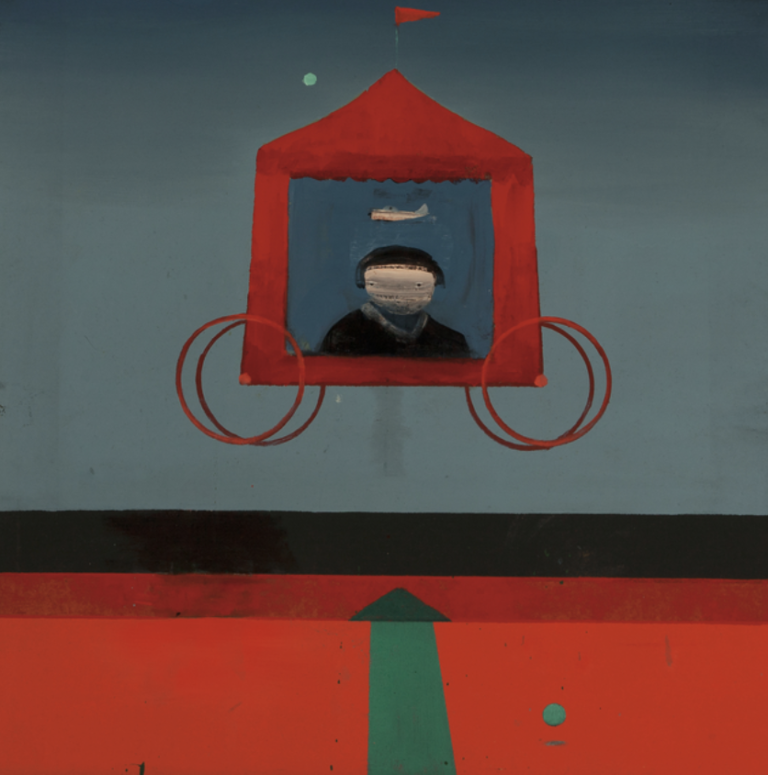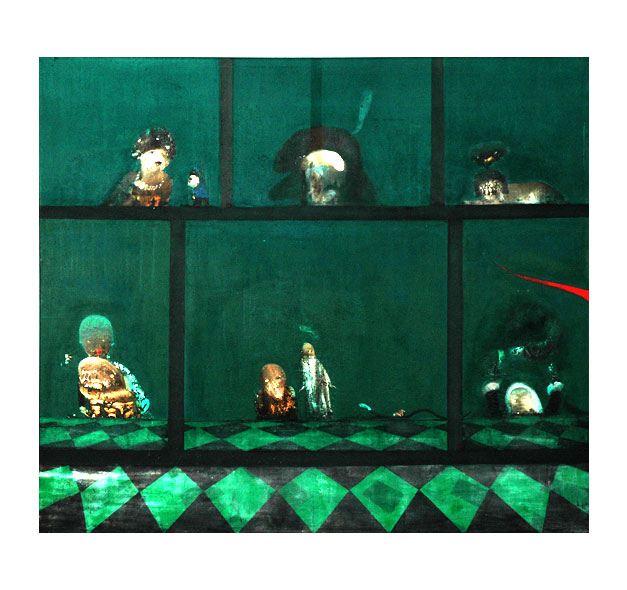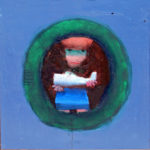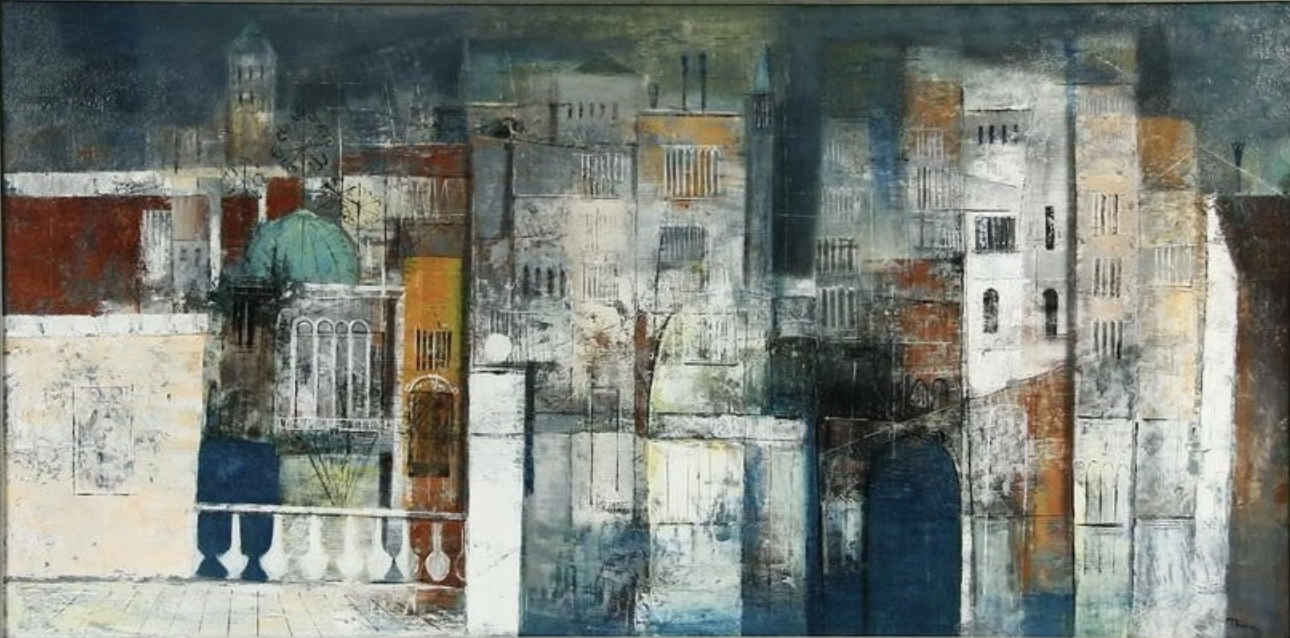








Robert Hamilton
1917 - 2004
“Generally speaking, [macular degeneration] is an old age disease—the eyes are wearing out. I can see all around, but I can’t see in the middle. It’s a blur in the middle. If you fall off a cliff, you may as well try to fly. That’s my new motto.”
Robert Hamilton in a Maine Masters Film Interview
Biography
Born in Seneca Falls, New York, Robert Hamilton attended the Rhode Island School of Design from 1935-1939. After a tour of duty in WWII where he earned a Distinguished Flying Cross piloting P47’s, he returned to RISD, where he taught painting and drawing until his retirement 34 years later.
He liked to say that his artistic vision was born when he was on his way to RISD for his first year of teaching. Though he’d spent his entire life drawing and painting, he’d not yet created a professional body of work or had a show. Nor did he know where he stood at that pivotal point in American art in relation to traditional and more innovative approaches to picture-making. As the train took him toward Providence, he mulled over what he could tell his students. As he explained in a film profile made near the end of his life, what emerged in his mind was a vague notion of making pictures that would have the “spontaneity and improvisation of Jazz.”
By the late 1950s, he was beginning to show his work and win awards, though he turned his back on the art market during the 1960s: “the venality of it, terrible pieces going for enormous amounts of money—I’m getting out. My ambitions were lofty. …”
His distinct style emerged in the 1970s, when he discovered a method of working that he would use for the rest of the career. This involved putting down a lot of “exciting abstract expressionist junk” (color) and covering it up with a coat of lamp black. He would then use the palm of his hand to “peel away” the black paint. In doing so, he uncovered what he called “little pictorial events,” “little plays.”
Among other institutions, his work is in the permanent collections of the Portland Museum of Art, the Farnsworth Art Museum, and the RISD Museum.
Hamilton’s post-macular artwork
Hamilton’s improvisational approach to painting served him well in the last years of his life, when he had no vision in one eye and blurred central vision in the other. He abandoned large canvases and worked instead on 16 x 16 and 24 x 24 inch squares. Paintings more mysterious and chromatic than ever came with the diminishment in size, as if, in shrinking, Robert Hamilton’s vision became fully distilled. More vivid and concentrated than what he’d done before, the central images in paintings like Ride a Green Horse (pictured in the carousel above) speak of having been drawn from a deep stratum of consciousness.
V&AP Resources Related to This Artist

Feature Article
The Last Free Show On Earth
Robert Hamilton passed away 10 years ago, but his widow, Nancy Hamilton, continues the tradition of exhibiting his work every summer.
Read More
News Forum












